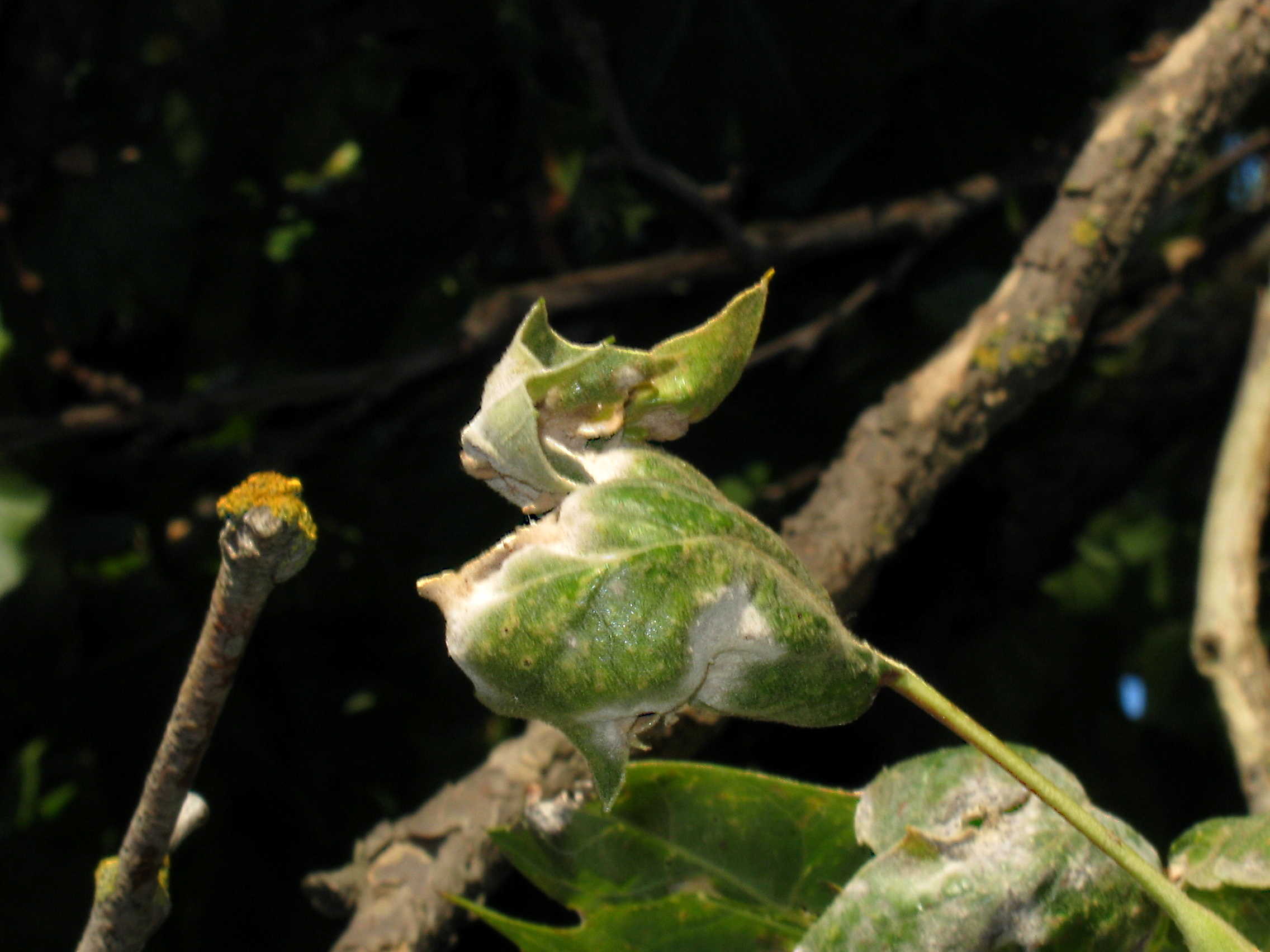
Powdery mildew on a plane tree
BRAVO Don! I know there are some people who are having a bang up year with tomatoes -- but I'm not one of them. However -- I can tell you that my melon crops -- watermelon and cantaloupe have probably been the best that's ever been. My O'Henry Peach crop -- while ripening late -- is the best I've ever seen (in terms of size and fruit set) and taste in terms of sweetness. Yet -- on the other hand? My corn crop failed completely. I guess you can call it one of those "hit and miss" years...
ReplyDeleteMuch of my popcorn crop hasn't even tasseled yet. A goofy year.
ReplyDelete